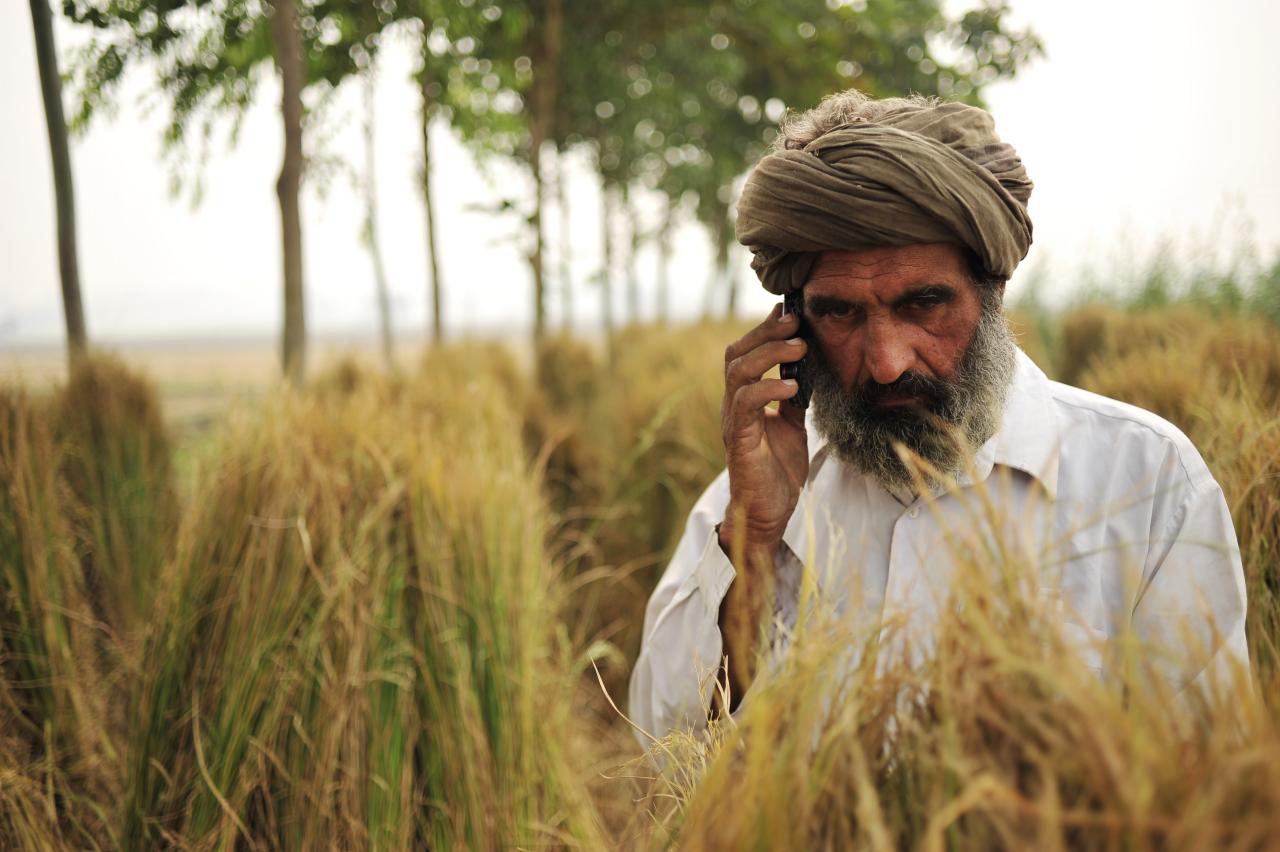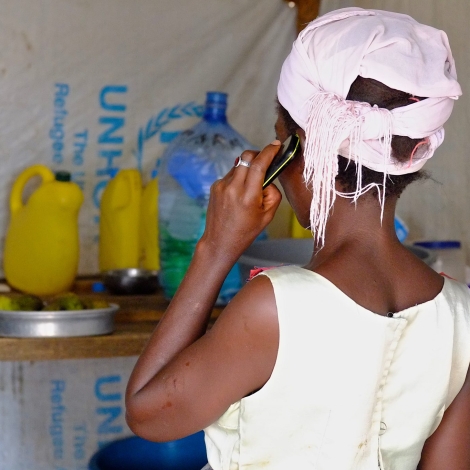This post is part of a three-part series that explores the power of cryptography and other new information technologies to benefit humanity, creating new ways for social and economic institutions to function. Concepts presented here arose through informal research performed by the author under the guidance of Dr. Joseph Hughes, Founding Director of the Peace Engineering Program at Drexel University in Philadelphia, Pennsylvania (USA). This information also formed part of a masters certificate program at the Mortenson Center in Global Engineering at the University of Colorado Boulder.
- This article, Part One, focuses on individuals and the extreme context of forced displacement.
- Cryptographic Institutions Part Two: Equitable Markets – the second post focuses on market activity.
- Cryptographic Institutions Part Three: Honest Governments – the third post focuses on systems of governance and collective action, and also addresses practical barriers and risks for all three posts.
To establish the practicality of cryptographic institutions, this article explores a thought experiment based on M-PESA. M-PESA is a digital banking and mobile money service used by millions of people in some of the most poor and remote areas on earth. It brings secure digital savings, credit, cashless transactions, and a traceable financial history to people who wouldn’t otherwise have bank accounts. Users can take out physical cash from their digital accounts, ensuring the real value of money held in M-PESA. Critiques of M-PESA include high transaction costs and possible data privacy abuse.
Imagine a similar, hypothetical service that we’ll call Sipesa, and suppose that Sipesa has been widely used in the Middle East for the last decade. Suppose Sipesa has a few more capabilities than M-PESA.
Sipesa – The Idea
Along with mobile banking, Sipesa is a fully enabled social media network and messaging service, and all the public speech on the Sipesa network is connected to a verified identity with an active bank account. Sipesa also allows users to upload public or private documents to their profile. For example, cell-phone photos of utility bills, birth certificates, medical records, land titles, or pictures of family members and property. These documents build evidence of people’s citizenship, residence and property, education, and professional experience. News feeds and document uploads would need at least 3G speeds to be used comfortably, but messaging and tracking connections could be done with just an app and SMS.
Sipesa is super-charged by integrations with other institutions. For example, universities add crypto-certificates to Sipesa accounts of their alumni. All the supporting documents used in that university’s accreditation are added to its own digital profile along with a crypto-certificate from the accreditation agency. Governments link crypto-certificates that prove people’s citizenship, land titles defined with GPS coordinates, and more. Medical records can be securely linked to people’s Sipesa identity.
Sipesa is built with futuristic cryptographic tools like zero-knowledge proofs (ZKP), secure multi-party computation (SMC) and advanced versions of blockchain (federated, proof-of-stake, ZKP, hybrid). These tools have seemingly magical abilities. With ZKP information can be authenticated without knowing the information (like a password). SMC can calculate statistics of a dataset without ever knowing the specific data points. Distributed databases automate the storage and distribution of trustworthy information.
With this technology users can share authentic attestations of any part of their Sipesa identity without necessarily revealing their identity, and only share the exact details they want. Sipesa certificates of property and identity can not be stolen or repudiated by corrupt officials – a common problem. It also means Sipesa login supports ZKP authentication, as well as multi-factor and biometric login. Finally, Sipesa money is a cryptocurrency fixed to local currencies by offering cash withdrawals like M-PESA. All this makes Sipesa information completely private to users, more secure than traditional databases, and keeps the transaction costs more reasonable than M-PESA.

A rice farmer, in SE Punjab, India, talks on his mobile phone. Photo: CIAT / Neil Palmer (CC BY-SA 2.0)
Sipesa – Refugee Impact
Ten years ago, Sipesa didn’t exist because the cryptographic algorithms and IT infrastructure hadn’t matured. However, access to data and computation is broadening, and cryptosystems are developing. 5G will mean lowered costs of 3G and 4G. LEO satellite constellations could bring true global internet, and perhaps lower data costs. Mobile phones have managed to spread everywhere, and smartphones are following. McKinsey and Co estimate by 2030 only 20 percent of adults will be without 3G or better connectivity.
If Sipesa was widely used across areas of the Middle East a decade ago, then what might be different about the current refugee crisis in Syria, Afghanistan, and camps like Moria in Lesvos, Greece, and Zaatari in Jordan?
Imagine if every asylum seeker could login to their Sipesa account on any computer and provide host countries a detailed history of their home, livelihood and migration. This could be compared manually, or perhaps with AI, to reputable news and satellite imagery detailing the conflict or disaster. Additionally, the combined experience of all these people could be shared securely over the crypto-social media platform as the conflict develops. Every post or attestation could have verified identity and location, even if they were anonymous. The true scope and nature of conflicts would become much easier for the world to know. Refugee claims would have much greater context to support them, and humanitarian responses could be mobilized sooner with more appropriate assistance. Consequently, refugees would automatically have robust documentation to gain official refugee status, and all the rights and benefits deserving, just by previously using Sipesa in their daily lives.
Medical aid stations are often set up along known migrant routes. With Sipesa identities, every person that comes through these aid stations could check in. This means their care could be informed by their medical records, rather than getting disjointed care at each stop. This could also help with aid accountability, as every aid station would have a verified count of people they helped. It would also add more documentation of the person’s journey and plight. Even if governments still didn’t accept refugees with Sipesa-based evidence, their status would still be provable to the world. Any person or organization could directly send aid money to people’s Sipesa accounts. Or, if in-kind aid like water, food, or emergency shelters are being distributed to people, the distribution could be coordinated fairly and accurately using people’s Sipesa identities.
Currently, many displaced people will permanently lose contact with their extended family and friends. With persistent digital identities, people could stay in contact with all their family and co-workers, and get access to emotional and financial support and professional references. Even if a child didn’t yet have a Sipesa account, their biometrics could be linked to their parents’ profile, allowing them to connect with their parents if they get separated.
Every refugee could show a detailed financial history, prove creditworthiness, prove their education levels, or even show a clean criminal record. They could access loans and present a stronger job application. Instead of engineers and doctors becoming janitors and fast-food workers, people could continue to contribute their most valuable skills after being displaced.
After the conflict subsides and people want to return home, they would have documentation of the assets and land they owned and they could return to where they came from to claim what is left. Additionally, they could make evidence-based insurance claims for what had been lost.
Self Sovereign Identity and Crypto
This is the power of creating a persistent digital identity. The basic unit, an identity that can be proven anywhere anytime, is the building block upon which most other systems / institutions are built (medical records, bank accounts, refugee status, welfare and voting rights, education/professional certification, etc.). Currently, most identities and identity-linked info only exists in ephemeral personal relationships, or inflexible/physical infrastructure unique to a certain government, bank, university, etc. But, if identity were built on standardized or unified crypto-enhanced databases and sensors, then all the other institutions could inherit the security, privacy, transparency, verifiability, accessibility, and automation/cost benefits of “self-sovereign identity” (SSI). The implications go far beyond human displacement and into daily life for both the rich and poor. Organizations building aspects of SSI include ID.me, selfDID, Tykn, Evernym, Sovrin, Sedicii, Simprints, Clear, CommonPass, Orcid, doi.
SSI could be built as a single global utility administered by the UN. However, coordinating most other institutions with a single global identity utility sounds like a monumental task, and could create a terrifyingly complex and powerful bureaucracy. But, that is the benefit of using advanced blockchain-like systems. Cryptosystems, sensors and AI could replace much of the bureaucratic costs, corruption, and ineffectiveness. Additionally, the way we imagined Sipesa as an extension of M-PESA, a very profitable business, shows that this isn’t as futuristic as it sounds. Additionally, good data standards and collaboration between industry partners could create most, or all, of this system without centralized power.
However, what if the hype around emerging cryptographic technology is overblown? The hype is probably not overblown, but a little preemptive. The tools are nascent, but the underlying technology is sound. Soon the available tools will deserve the hype. If you still feel doubtful about this, you can get a quick yet meaningful appreciation of these advanced cryptosystems through the authors appreciating crypto articles.
Looking Forward
I think that robust, persistent and global identity will come to be considered as one of the most important human rights. It will also be a massive economic catalyst – lubricating all of the other systems/institutions which rely on verified identities and the information linked to those identities (welfare, loans and credit, patents and property ownership, medical care and insurance, education and certifications, responsible supply-chains, etc.).
The next post will explore the impact of information automata on market activity.
About the Author
Tejovan Parker completed his professional masters in mechanical engineering from the University of Colorado Boulder in May 2020, focusing on controls and system modelling. He also completed a masters certificate with the Mortenson Center in Global Engineering, and was an intern working on a market systems resilience indicator at iDE. He is a Colorado native. Now he wishes to pursue a PhD in computer science or related field and apply it to global engineering.

